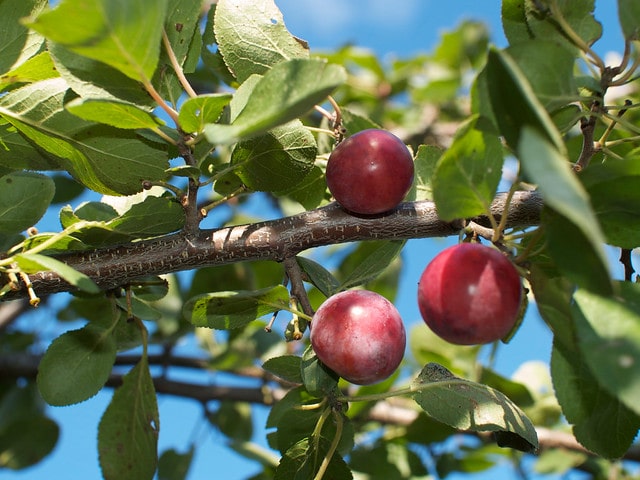
Growing your own fruits and vegetables is incredibly rewarding. It's also getting more and more popular. This is a great way to ensure healthy, fresh food for your family. It's organic, safe and a great opportunity to eat the best food possible, all grown in your own garden.
Plums make a great addition to any garden. Growing plums is not only rewarding and fun but also provides your family with fresh, healthy fruits. Plums can be eaten fresh but they make a great jam or jelly. This is a great fruit to have in your garden.
Plums are among the best fruits and they can be grown in your own garden. They come in several varieties you can choose from. Before you grow your plums, make sure to get informed about the appropriate growing conditions required (including the soil), recommended location for planting, how to care for your plum tree and how big you can expect your plum to grow.
Growing Conditions
In order to grow plum trees, you need to know about the ideal growing conditions they require. It's actually not so difficult to grow plum trees, as long as you provide them with everything they need.
Keep in mind: plums need full sun to thrive. It's also important to grow them in well-drained, sandy soil. They thrive in soil with a pH values ranging from 5.5 to 6.5.If you are unsure about the soil in your garden it's always best to have it tested before you plant your plum trees. It's vital to make sure that the pH values are appropriate for growing plums. In case the soil conditions in your garden are not adequate you will need to work needed amendments into the soil before you plant your tree.
First things first: plums are divided into three groups, so your plum tree will belong to one of these three popular group varieties: European, Japanese or Damson. The best group to grow in your garden will depend on your region as well as personal preference. For example, many of European varieties are self-fruiting. It means that you will only need to plant one tree to get fruit. However, this is just one characteristic. Get informed about various plum tree varieties and what's the most suitable one for your area to decide which plum variety is the best for you.
Another thing to consider is the size. On average, plum trees reach about 16 feet at maturity. However, dwarf varieties grow to about 14 feet in height.
Since plum trees do not tolerate cold well, it's best to plant them in a location protected from cold winds. This is particularly important to do if you live in a colder climate. Plums are prone to late frost damage so you need to avoid this problem in order to enjoy the tasty fruit.
One good idea to keep your plum tree warm early in spring is to put little Christmas lights on the tree. It should protect it from late frost.
Caring for Plum Trees
Plum trees are not difficult to care for, but the attention you give them needs to be consistent. You should apply one pound of organic fertilizer or well-aged manure in March of their first and second year.
In May, make sure to add one cup of calcium nitrate during the plum's first and second year.
After these first two years, you need to feed your tree twice per year, in March and August. Simply add 2/3 cup of calcium nitrate in March and August to keep your plum tree thrive.
Newly planted trees need plenty of water. The same goes for any tree during dry weather. It's important to keep your plum tree well-watered.
To help water retention, place some shredded bark or another type of mulch around the tree. It will help your plum keep the moisture. However, make sure not to let the mulch touch the trunk.
To keep your plum tree healthy, make sure to prune it regularly. Pruning should be done just above healthy buds. Also, it's important to remove any dead wood periodically. It will encourage a bowl shape of the tree, which is not only striking but also helps with harvesting.
Photo credit: Andrei!
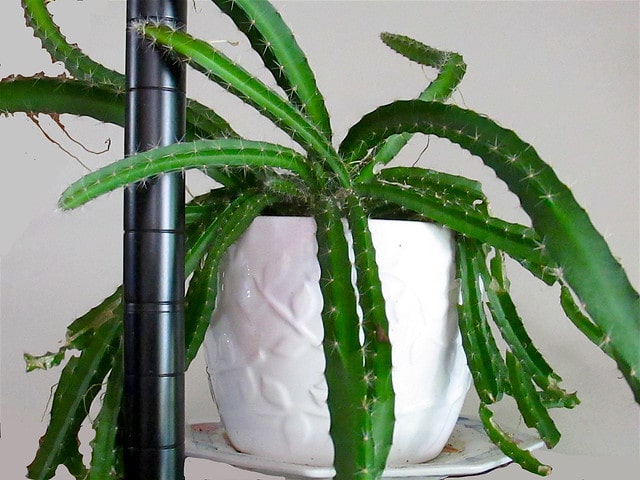
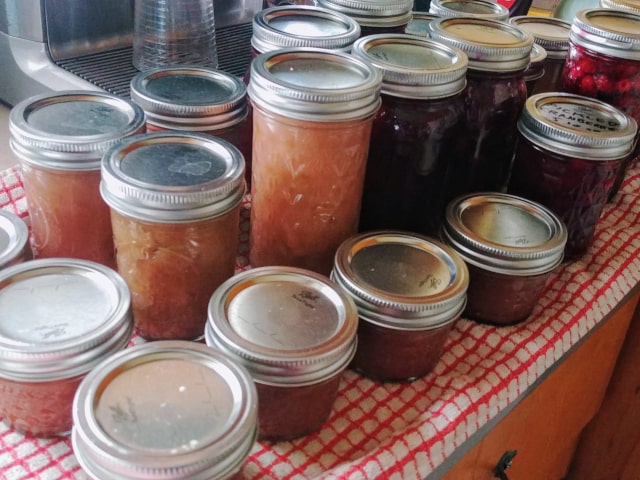
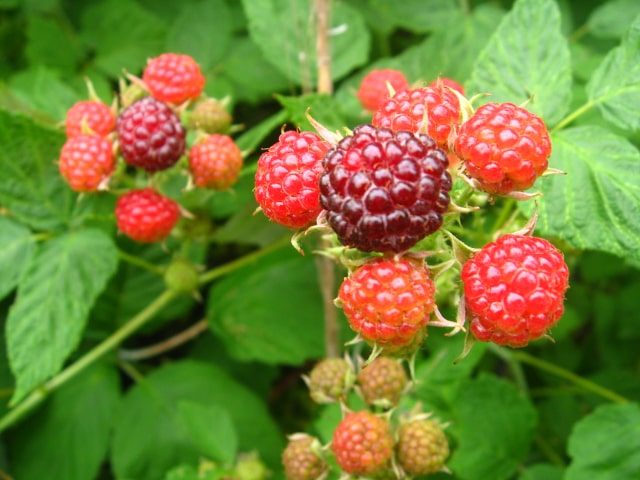
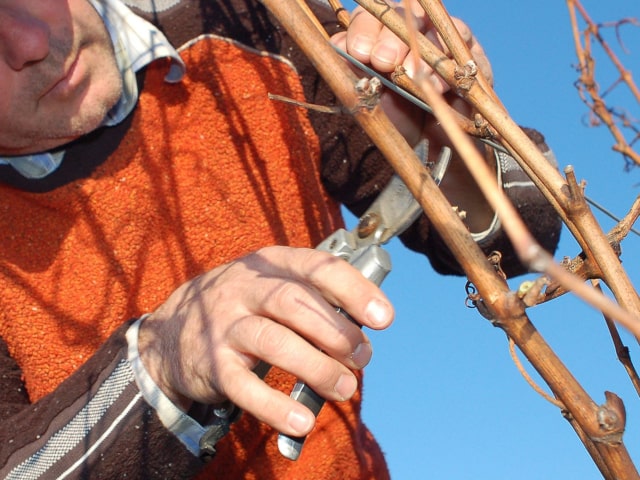
1 Comments
Hi, I recently got an allotment (in UK) and have some plum trees that are desperately in need of a prune. However, I'm thinking what looks like a few trees actually includes some very overgrown suckers? There are a few very thin but tall, and fruiting (a bit) trees, only a foot or two apart. Can suckers turn into trees? I read they can but can't seem to get a straight answer on what I have. Any advice would be appreciated. Thanks Ian